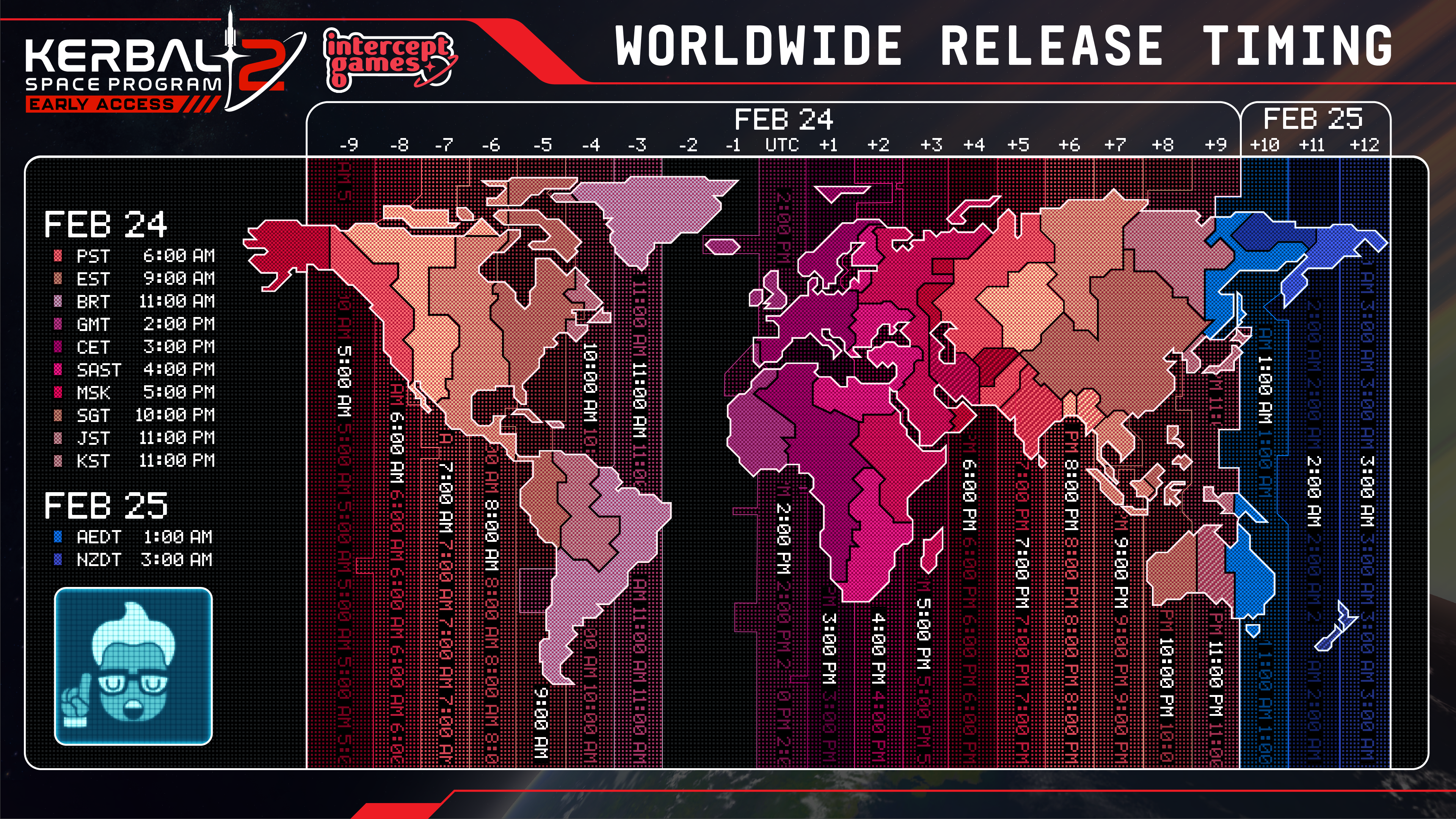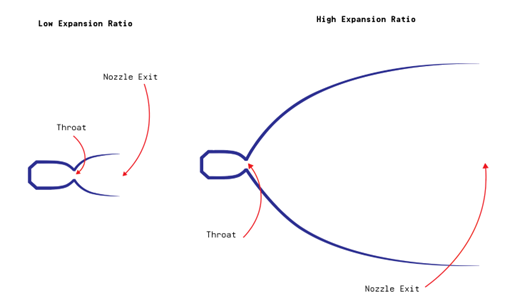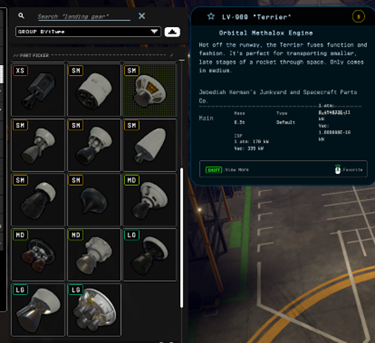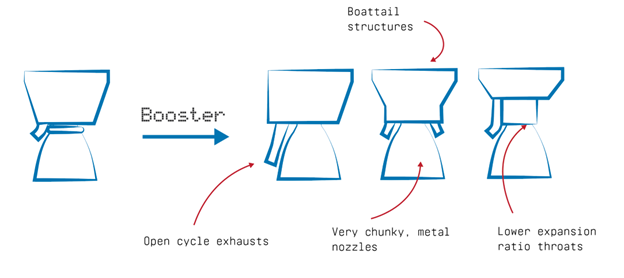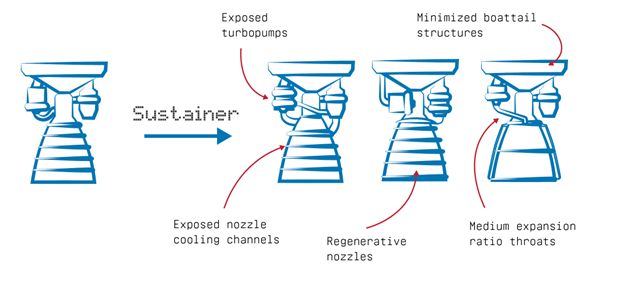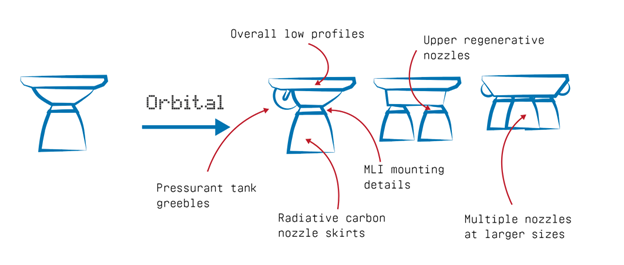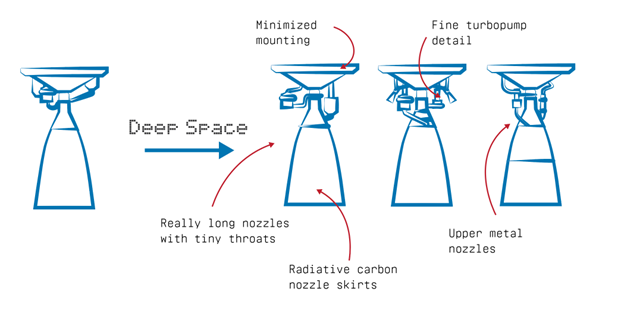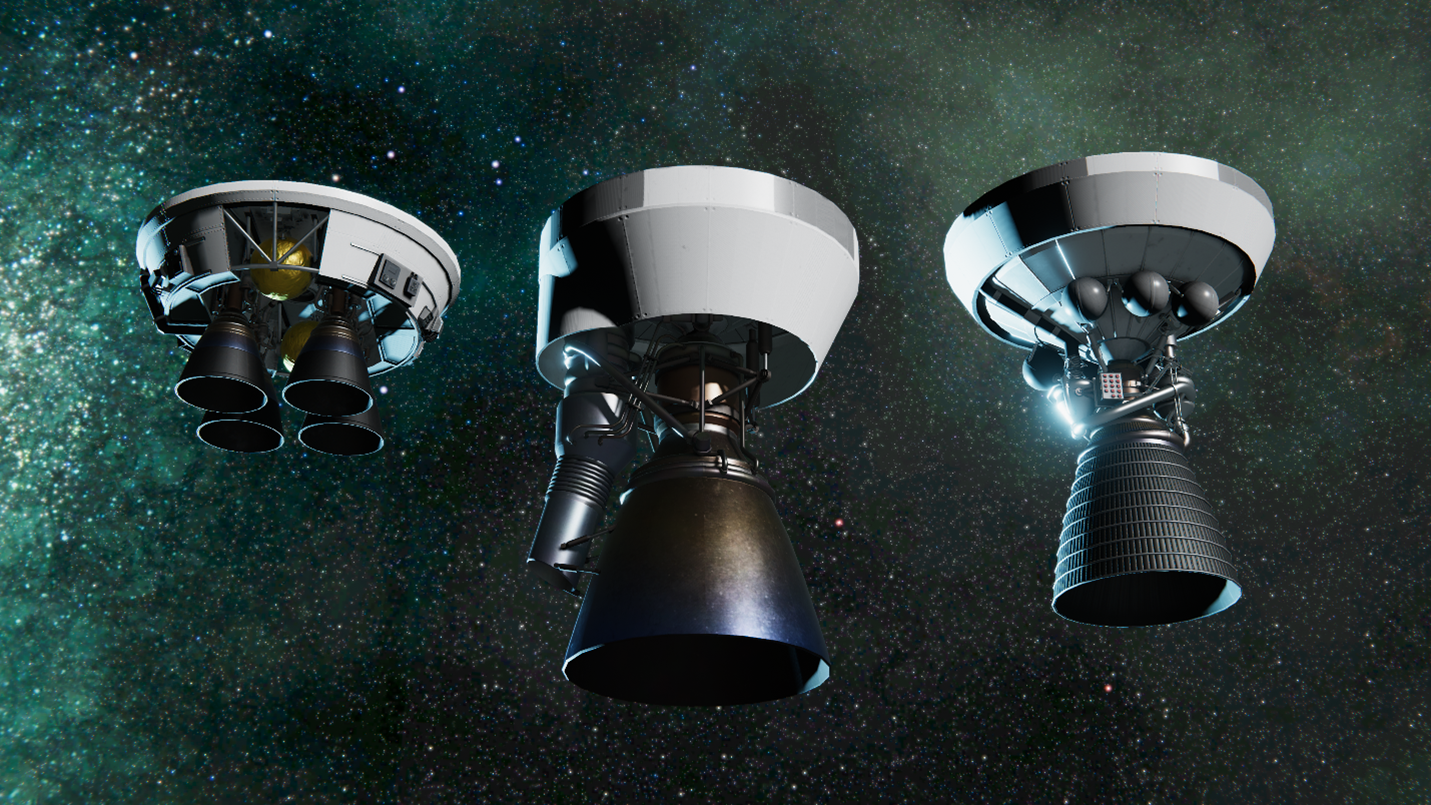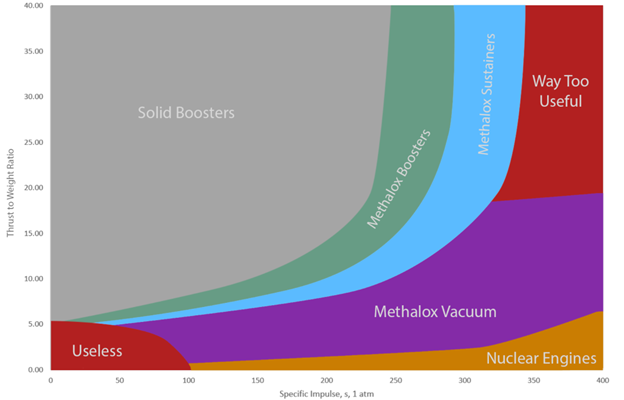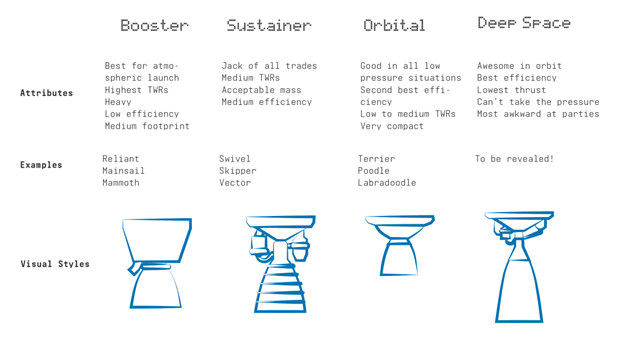
Feb 20, 2023
Kerbal Space Program 2 - mb_pd
Hello Kerbonauts!
Earlier this month we took a trip to Amsterdam and held the 'KSP Insiders Program' event in association with the European Space Agency. Content creators and news outlets got a sneak peek at Kerbal Space Program 2 before its release.
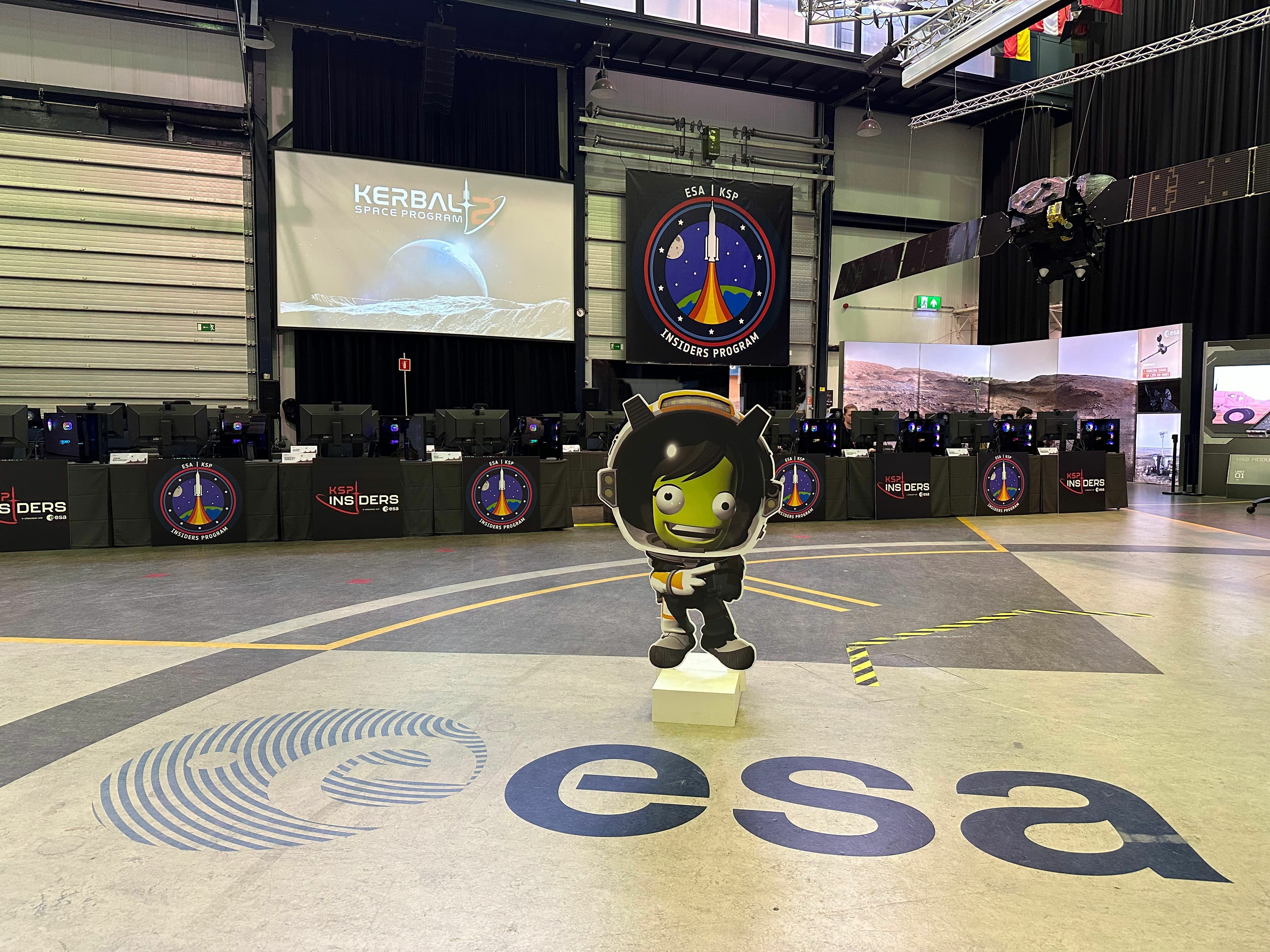
And today those previews go live! Everyone captured their own content and had their own adventures, so we highly recommend checking out the variety of content out there (we know we'll be watching!).
From exploring ESA's Erasmus center to watching the static-fire of Super Heavy, it was a great time! Thank you to ESA for hosting us and to everyone who came out! Here's a bit from our adventure:
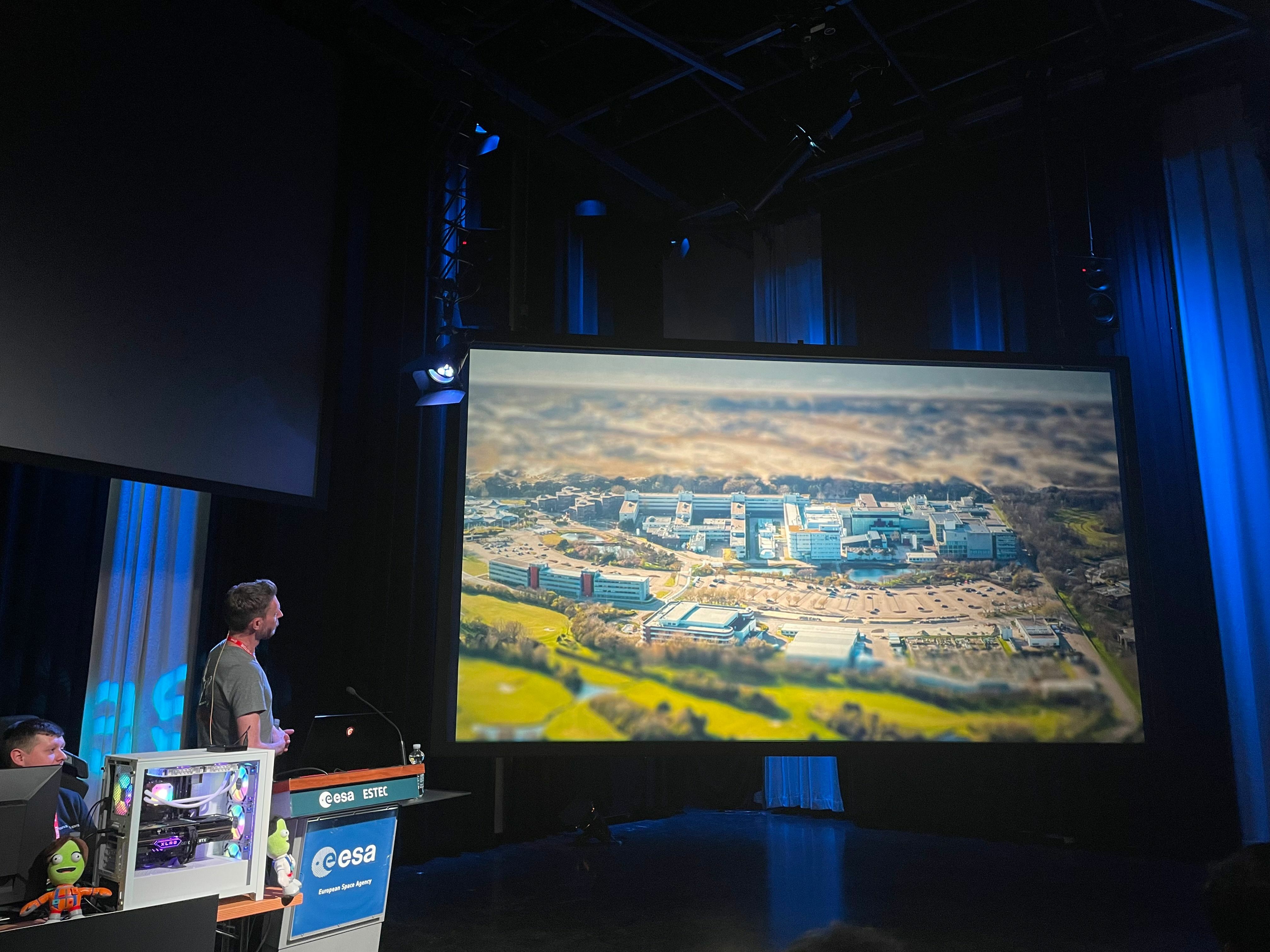
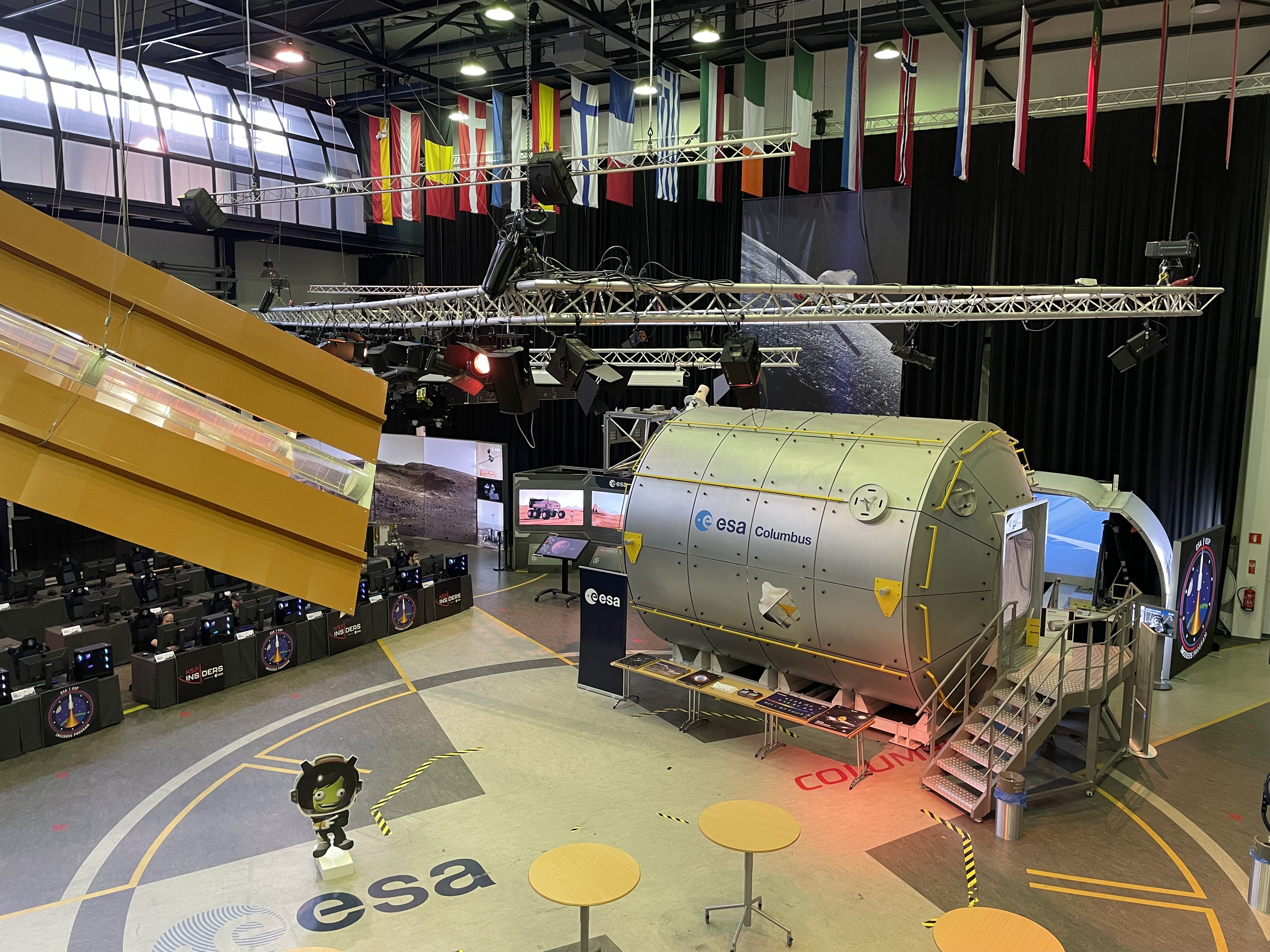
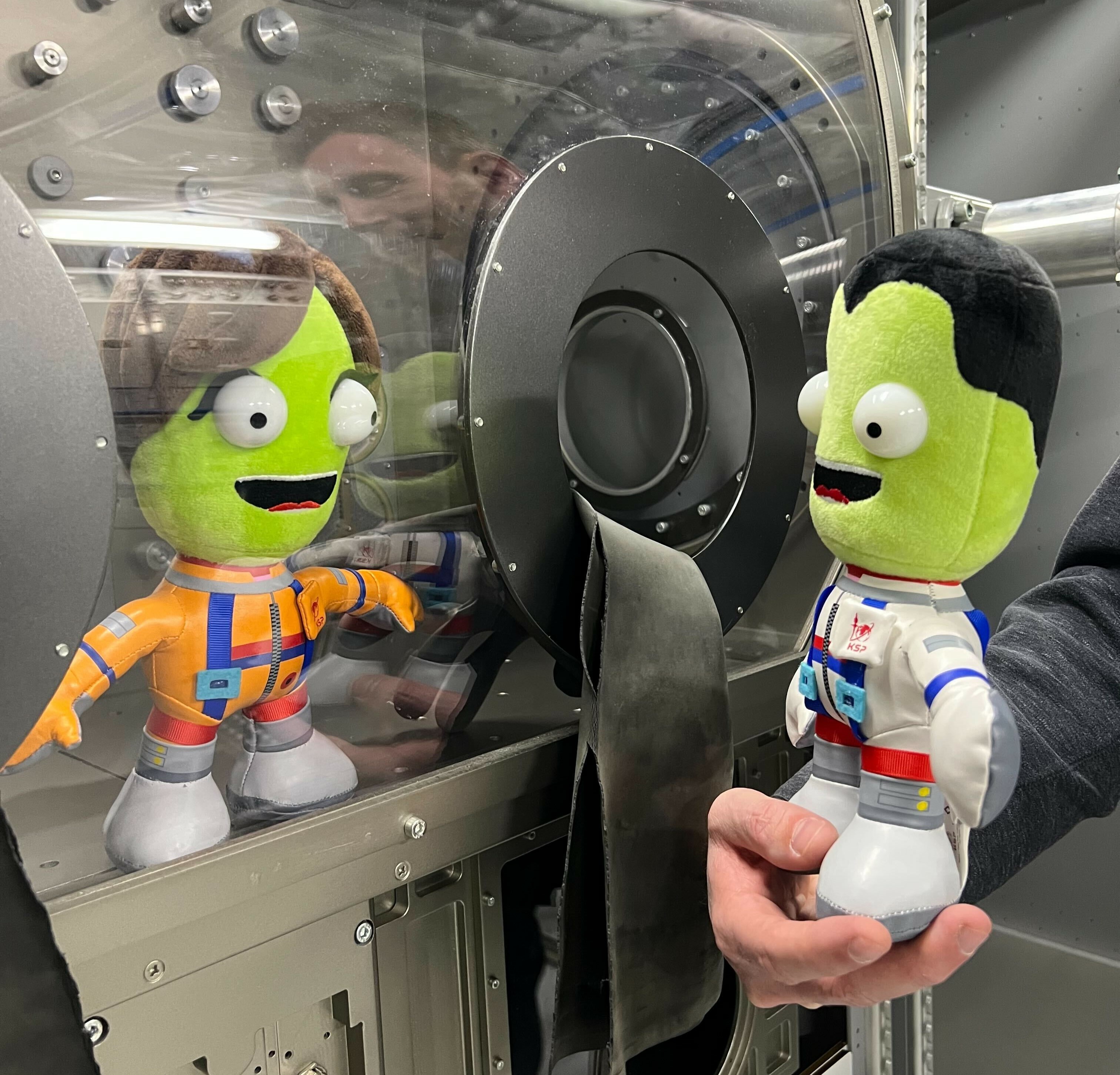
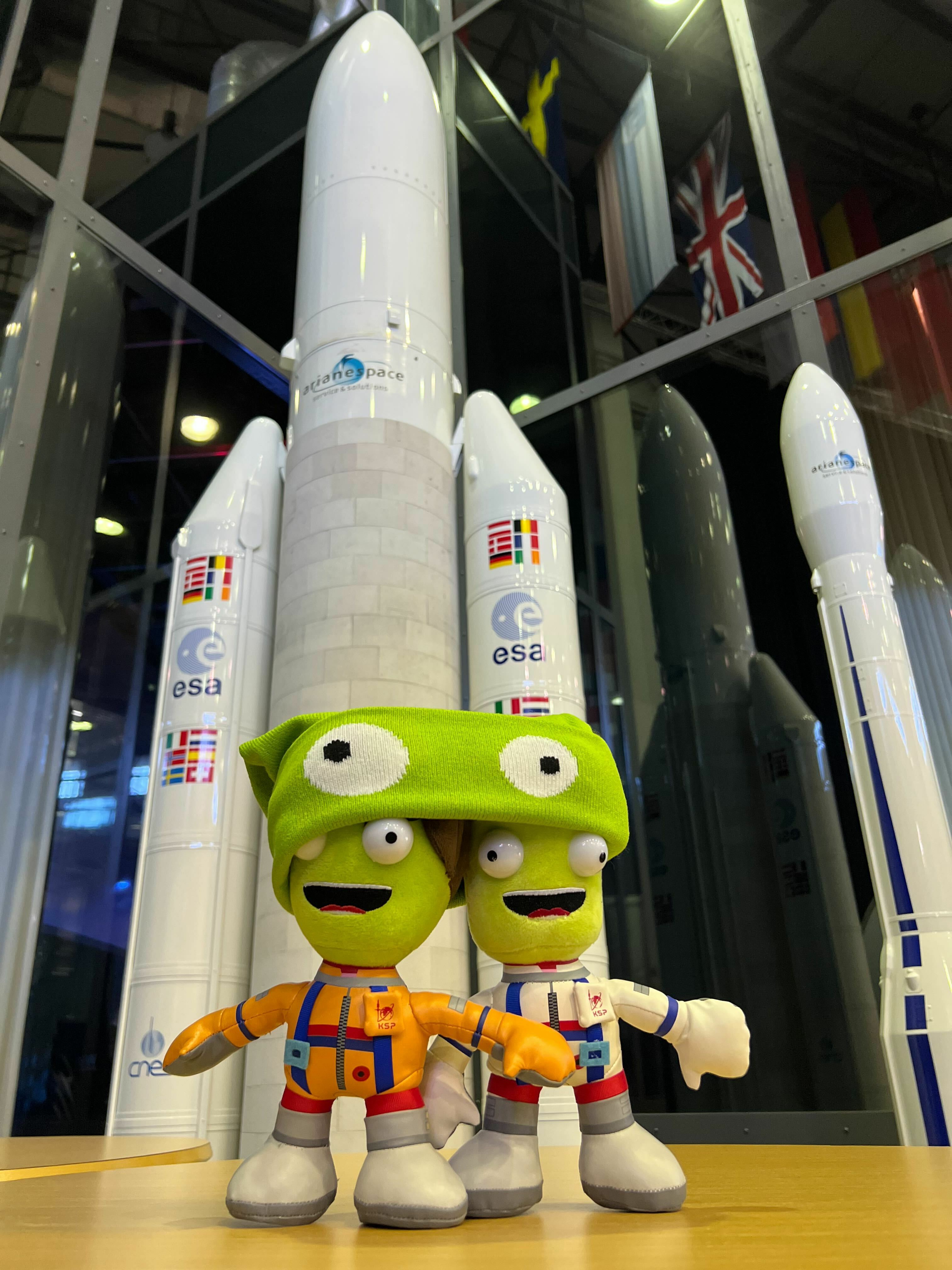
--
Keep up with all things Kerbal Space Program:
KSP Website
Facebook
Twitter
Instagram
Intercept Games Discord
KSP YouTube
Earlier this month we took a trip to Amsterdam and held the 'KSP Insiders Program' event in association with the European Space Agency. Content creators and news outlets got a sneak peek at Kerbal Space Program 2 before its release.

And today those previews go live! Everyone captured their own content and had their own adventures, so we highly recommend checking out the variety of content out there (we know we'll be watching!).
From exploring ESA's Erasmus center to watching the static-fire of Super Heavy, it was a great time! Thank you to ESA for hosting us and to everyone who came out! Here's a bit from our adventure:



Fret not, you won't have to wait long for KSP2's release! We hope you're as excited as Val and Jeb are!

--
Keep up with all things Kerbal Space Program:
KSP Website
Intercept Games Discord
KSP YouTube




